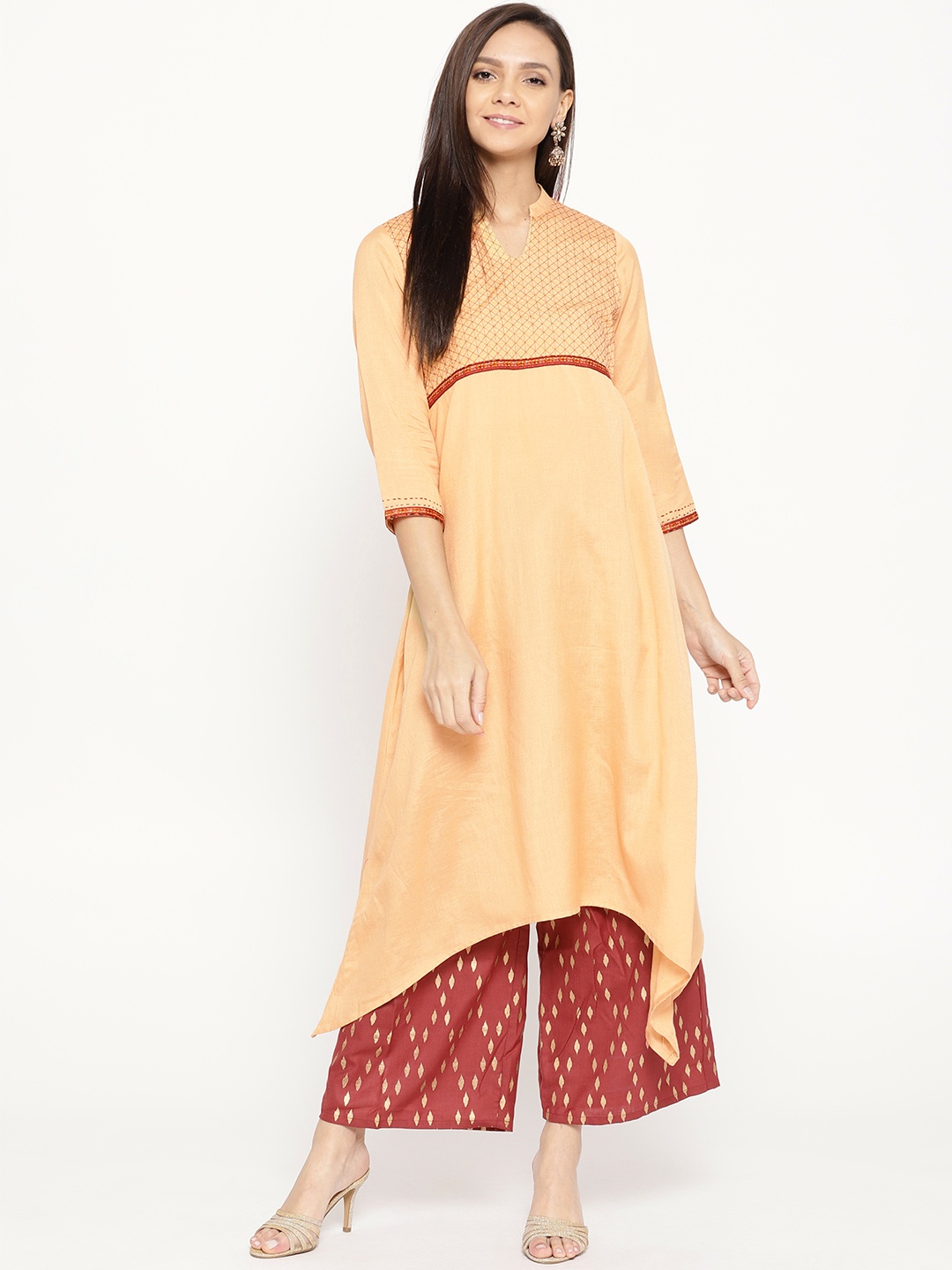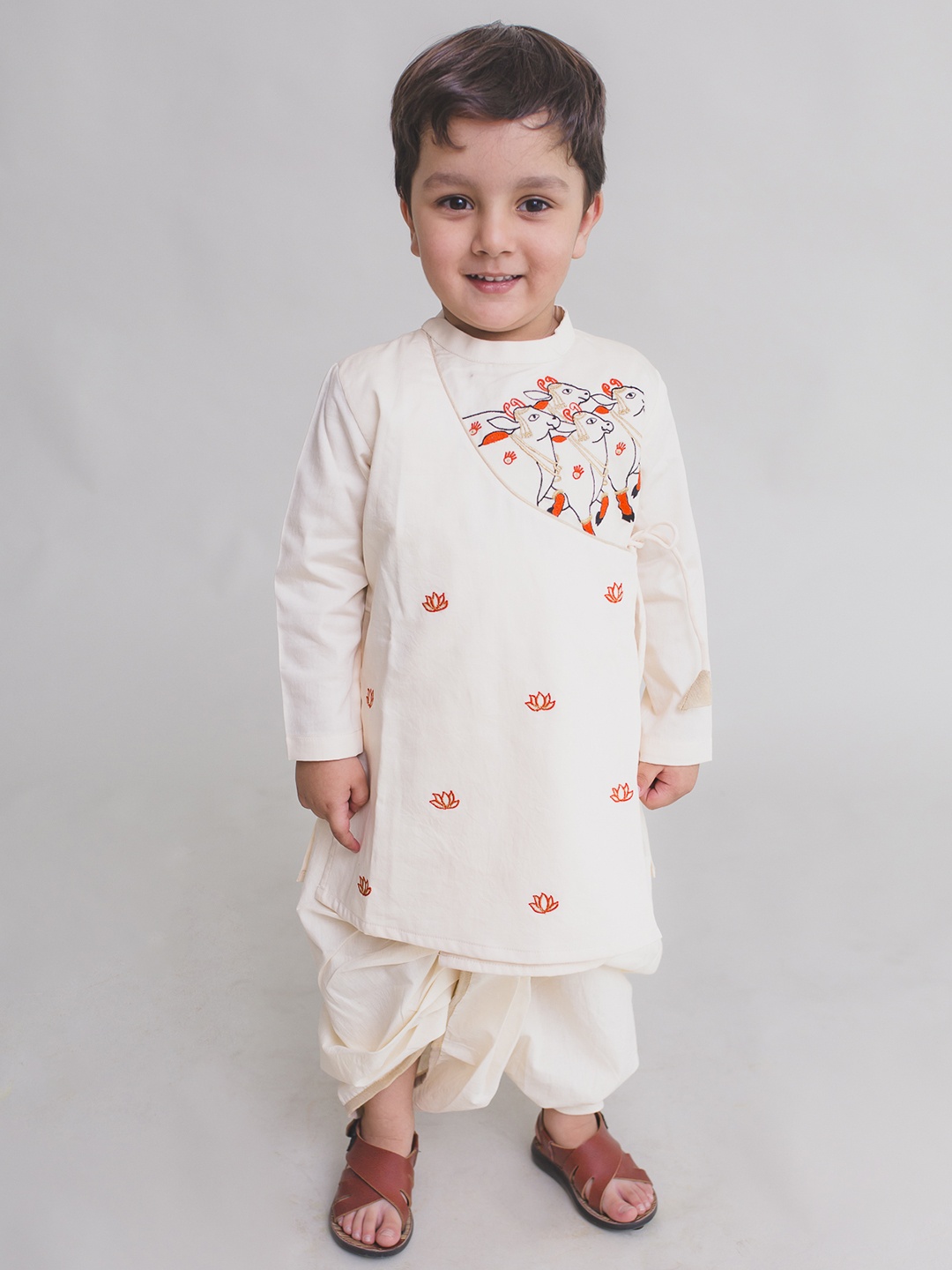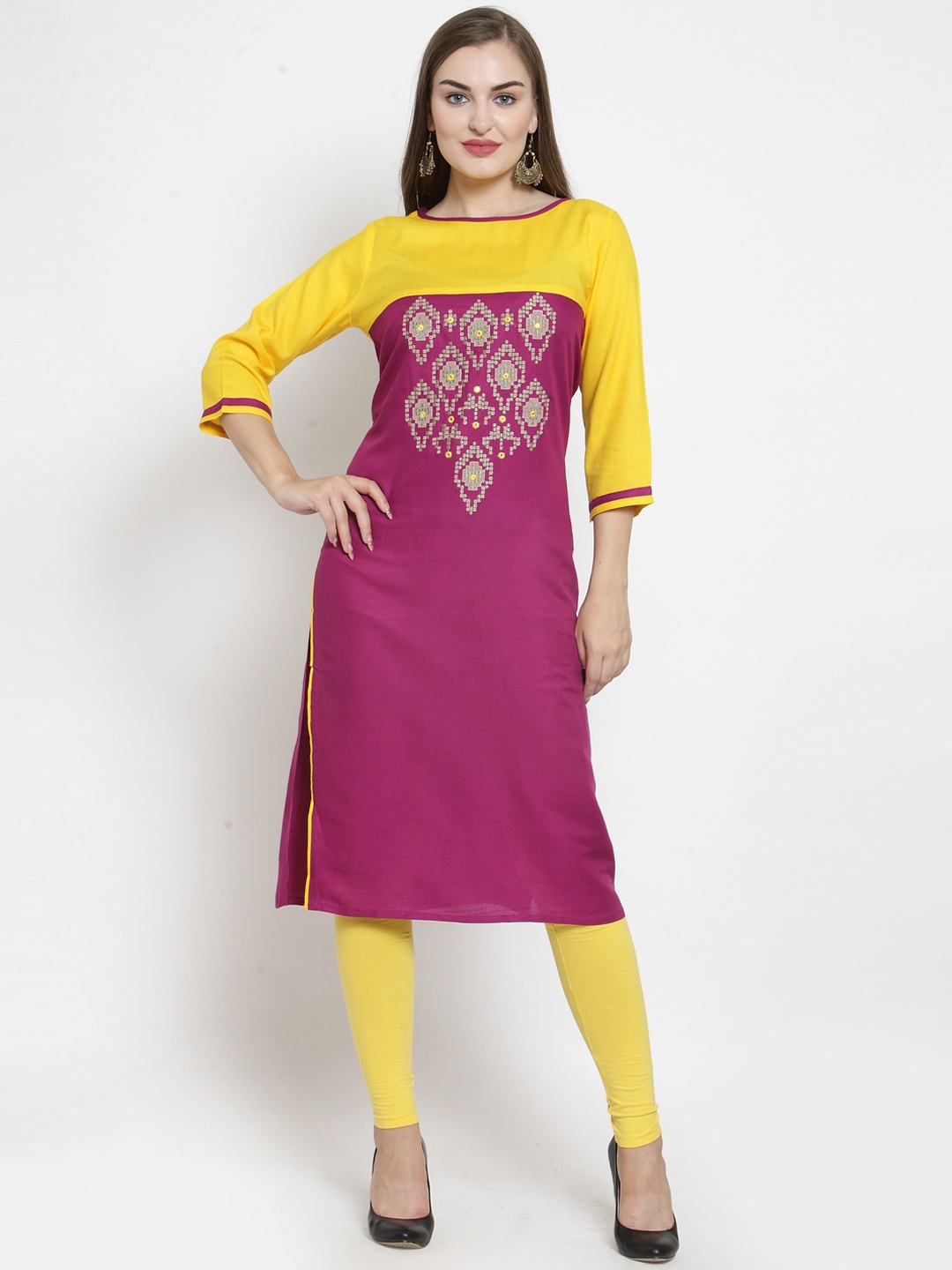Gold or Silver? Which Wristwatch Colour Looks More High-End
Your choice of wristwatch colour can make you look luxurious or even like you're trying to0 hard. Explore the pros, cons, and style psychology behind each choice in this detailed style guide.

Gold or Silver? Which Wristwatch Colour Looks More High-End
The popular debate continues to divide watch enthusiasts and fashion critics alike: gold or silver? As the wristwatch world experiences a resurgence driven by vintage revival and status symbolism, the colour of your timepiece is no longer just a matter of personal taste, it's a signifier of class, confidence and cultural alignment. But when it comes to appearing effortlessly luxurious versus unintentionally cheap, does gold truly reign supreme, or does silver hold the silent crown?
In the world of wristwatches, colour plays a pivotal role in shaping first impressions. Both gold and silver have long histories tied to royalty, tradition, and wealth, yet their modern-day interpretations can project entirely different messages depending on the shade, finish, and how they are worn. Let's break down how each fares in the quest for high-end perception.
Also Read: Perfect Timepieces For Gifting, Dressing Up, Or Everyday Glam Now On Myntra EORS
Gold Wristwatches: Opulent or Overstated?
Gold wristwatches have historically symbolised affluence and success. Think of classic Rolex models or Patek Philippe's vintage editions, many draped in yellow or rose gold. There's a richness and warmth in gold that naturally draws the eye, and in controlled doses, it can exude sheer opulence.
However, therein lies the problem: gold can be a double-edged sword. When done tastefully, such as in a soft, brushed finish or paired with a minimalist dial, gold reads as elegant and powerful. But go too bold, especially with glossy yellow gold or oversized designs, and it can veer into the realm of gaudy and garish. This is especially true in contemporary settings where understatement is often synonymous with luxury.
It's also worth noting that not all skin tones pair seamlessly with gold. Those with warmer undertones might find gold flattering, while cooler complexions often struggle to carry it off without it clashing or appearing artificial.
Silver Wristwatches: Understated Elegance or Plain Jane?
Silver, by contrast, offers a quieter kind of luxury. Whether in stainless steel or platinum-toned variations, silver watches have long been a staple of understated elegance. Their neutrality allows them to blend effortlessly with nearly every outfit, skin tone, and occasion- a key reason why corporate professionals, minimalists, and modern stylists lean towards silver timepieces.
In the luxury market, silver often manifests through polished or brushed steel cases, giving off a refined, industrial chic that feels contemporary and clean. We believe it doesn't scream for attention, instead, it invites closer inspection. And in an age where quiet luxury has become the aspirational aesthetic, silver watches have cemented their place as modern status symbols.
From Cartier's Tank Must to Omega's Speedmaster, many of the world's most coveted watches are offered in silver-toned options, not because they're less luxurious, but because they echo the current mood of discretion and subtlety.
The Price Parity
A critical factor influencing perception is the material behind the colour. A gold-toned watch in polished metal, common in fast fashion or mass-produced models, rarely gives off the same allure as a solid 18k gold watch. In fact, inexpensive gold plating can wear off quickly, leading to patchy, discoloured surfaces- a tell-tale sign of budget buys.
Silver-tone watches, particularly when made from stainless steel, fare better in this regard. Steel is durable, doesn't tarnish easily, and maintains its sheen for years, making even moderately priced watches appear well-crafted and long-lasting. Thus, a mid-range silver watch often looks more premium over time than a cheaply plated gold-tone piece.
Cultural And Trend Factors
It's also impossible to ignore the cultural shift towards “stealth wealth.” The rise of minimalism in fashion, led by designers like The Row and Jil Sander, has trickled into accessories, too. Loud logos and blinged-out timepieces are slowly being replaced by pared-back, expertly crafted pieces, and silver fits this bill better than gold in many cases.
That said, gold is making a quiet comeback, especially in its more refined forms like rose gold or champagne gold. These hues offer a softer alternative to bright yellow gold and carry a vintage charm that's fast gaining momentum among younger watch collectors and fashion enthusiasts.
Which Looks More Expensive?
If judged solely on colour, silver tends to look more expensive in everyday settings due to its clean, modern finish and resistance to tarnish or fading. It matches well with office attire, casual wear and evening outfits, making it a safe and versatile choice.
Gold watches, on the other hand, demand careful styling. Worn right, say, with a black tuxedo or crisp white shirt, they can steal the show. But when overdone or poorly made, they risk looking theatrical or passe.
Ultimately, it's the combination of material quality, design execution, and how the wearer styles the watch that determines whether it reads as high-end or not. A gold watch can look exceptionally rich if it's slim, brushed, and worn sparingly. A silver watch can look mundane if paired with dull design and cheap components.
Top 10 Luxury Wristwatches Leading My Wishlist
1. PHILIPP PLEIN Women Embellished Dial And Stainless Steel Analogue Watch
2. Michael Kors Women White And Rose Gold Analogue Watch
3. Versace Women Printed Dial And Stainless Steel Straps Analogue Watch
4. Michael Kors Women Rose Gold-Toned Dial Analogue Watch
5. GUESS Women Silver-Toned Analogue Watch
6. GUESS Women Embellished Dial Analogue Watch
7. Emporio Armani Women Multicoloured And Silver-Toned Analogue Watch
8. Armani Exchange Women Bracelet Style Analogue Watch
9. Just Cavalli Women Printed Dial And Stainless Steel Wrap Around Straps Analogue Watch
10. GUESS Women Bracelet Style Straps Analogue Watch
Frequently Asked Questions (FAQs)
1. Which colour of wristwatch looks more expensive – gold or silver?
Silver often looks more expensive in modern settings due to its subtlety, versatility, and durability. However, a well-made gold watch, especially in rose or brushed gold, can also appear highly luxurious when styled correctly.
2. Do gold watches look tacky or outdated?
Gold watches can look tacky if they are overly shiny, poorly made, or worn with loud outfits. But when crafted with quality materials and styled minimally, gold watches remain timeless and elegant.
3. Are silver watches better for everyday wear?
Yes, silver watches are generally better suited for daily wear as they pair easily with most outfits, resist tarnish, and offer a clean, modern look that doesn't overpower.
4. What skin tone suits gold watches better?
Gold watches complement warmer skin tones, while silver tends to suit cooler or neutral complexions. That said, anyone can wear either with the right outfit and confidence.
5. Is a silver-tone watch more durable than a gold-tone watch?
Typically, yes. Silver-tone watches made of stainless steel are more resistant to wear and tarnish, while gold-tone watches with plating can fade or chip over time if not well-maintained.
While both gold and silver watches have their place in a luxury wardrobe, silver currently edges out as the more consistently high-end looking of the two, especially in today's fashion landscape, where subtle sophistication is king. Gold, meanwhile, retains its lustre for those willing to embrace its boldness with restraint and confidence. So the next time you're choosing a watch to impress, ask yourself: do you want to whisper elegance or announce it?




























